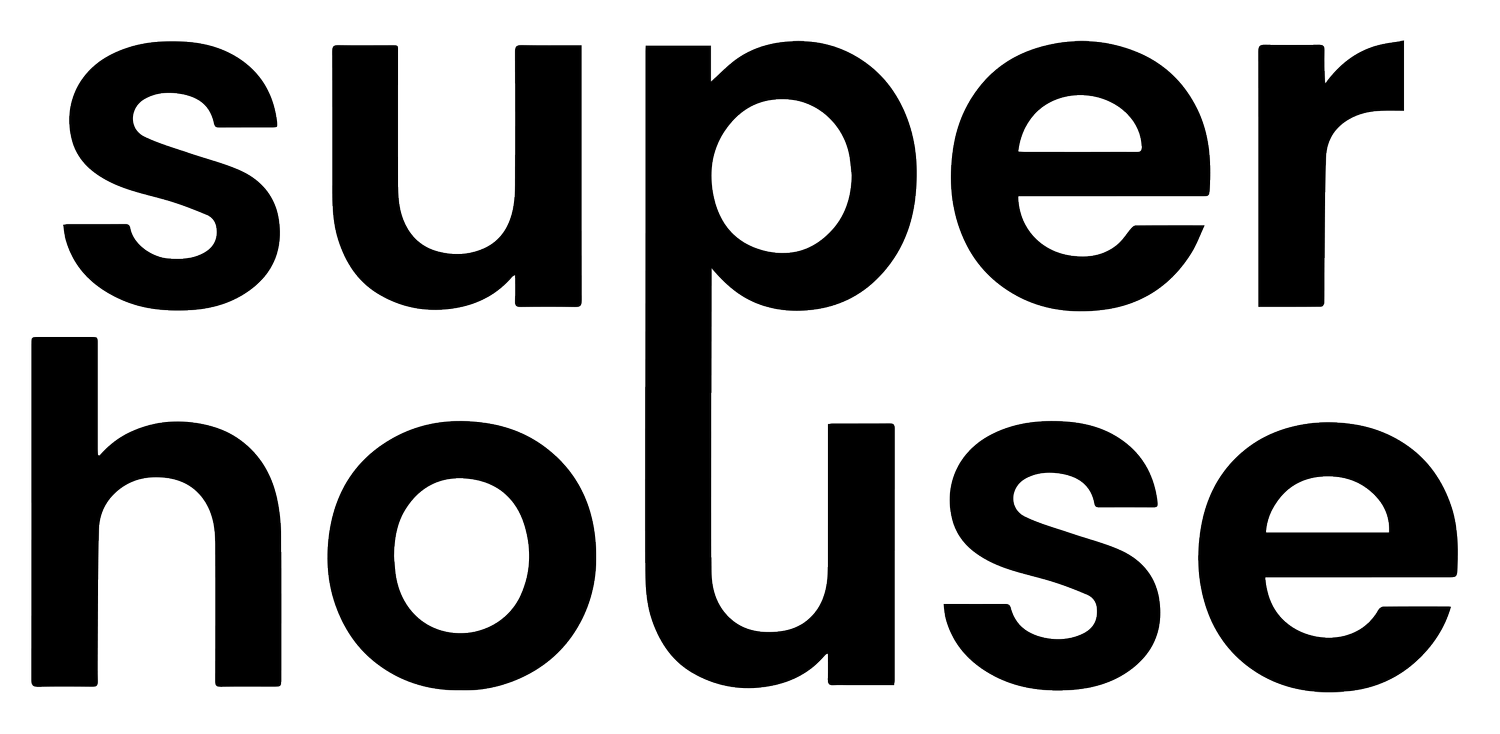Exhibitions
Time Warp
Maris Van Vlack
September 6 - October 19, 2024
Installation view (Photo: Matthew Gordon Studio)
Superhouse is thrilled to present Time Warp, the first solo show in New York City by Massachusetts-based fiber artist Maris Van Vlack. The exhibition runs from September 6 to October 19, 2024, at 120 Walker Street, 6R, New York, NY.
Van Vlack is a significant, new voice in the rising fiber art field. Her work is part of a larger movement that has been gaining recognition in recent years. A series of gallery and museum shows have elevated the historically under-acknowledged artform, including recent museum exhibitions Weaving Abstraction in Ancient and Modern Art at the Metropolitan Museum of Art and the touring Woven Histories: Textiles and Modern Abstraction at the National Gallery of Art in Washington, D.C., The Los Angeles County Museum, and Museum of Modern Art. The artist's own contributions have been exhibited widely in galleries and museums across the North East, emphasizing the shift in the art world's appreciation for fiber art.
Maris Van Vlack
Face/Down, 2024
46 W x 63 H in (116.8 x 160 cm)
Industrial knitted mixed fibers, hand-weaving, hand-knotting, gesso
Maris Van Vlack Solid/Void, 2024
41 W x 38 H in (104.1 x 96.5 cm)
Hand-wove mixed fibers and rope, jacquard weaving, embroidery
Maris Van Vlack
Storm Descending, 2024
81 W x 69 H x 20 D in (205.7 x 175.3 x 50.8 cm)
Hand-dyed and wove mixed fibers and rope, jacquard weaving, industrial knitting, paint
Maris Van Vlack
Storm Descending, 2024
Detail
Installation views
For Van Vlack, the built environment and the effects of time on it hold a rich source of inspiration for exploring personal and collective experiences. The artist's hand-woven representations of deteriorating architectural forms are not just a visual exploration, but a deep dive into the emotional resonance of these structures. She investigates a building's ability to reflect a narrative of events and the history of the people who lived or worked in it over time. In Time Warp, Van Vlack draws from family history, found photographs, and New England vernacular architecture to inform her abstract and sometimes representational landscapes, which express liminality, memory, and emotion.
The artist's process mimics the lifecycle of the architecture she interprets. She begins by layering one thread at a time on her loom to create a solid form. After weaving the cloth, the artist transforms the surface by painting over it, cutting into it, unweaving parts, and grafting in new woven, knitted, or jacquard panels. This process is akin to creating a structure where builders layer bricks, stones, and wood on a foundation. Each mark the artist makes on the fabric serves as a record of a new event committed to memory in the fibers, much like how the aging, weathering, renovation, and destruction of a structure captures the history of that place.
Maris Van Vlack
Cornerstone, 2023
28 W x 56 H in (71.1 x 142.2 cm)
Hand-knotted mixed fibers, Stoll knitting, embroidery
Maris Van Vlack
Breakthrough/Breakdown, 2024
60 W x 84 H in (152.4 x 213.4 cm)
Hand-wove mixed fibers and rope, jacquard weaving, hand-knitting, paint
Maris Van Vlack
Breakthrough/Breakdown, 2024
Detail
Maris Van Vlack
Destrucción, 2022
103 W x 60 H in (261.6 x 152.4 cm)
Hand-wove mixed fibers, hand knitting, paint
Detail views
Maris Van Vlack Storm Dispersing, 2024
80 W x 80 H x 11 D in (203.2 x 203.2 x 28 cm)
Hand-wove mixed fibers and rope, jacquard weaving, industrial knitting, paint
Installation view
Maris Van Vlack Facade, 2023
88 W x 100 H in (223.5 x 254 cm)
Hand-wove mixed fibers, Stoll knitting, jacquard weaving, paint
Maris Van Vlack Facade, 2023
Detail
Maris Van Vlack Skyline, 2024
20 W x 24 H in (50.8 x 61 cm)
Hand-knitted mixed fibers, Stoll knitting,
embroidery, paint
Installation view
About Maris Van Vlack
Using traditional textile techniques, Maris Van Vlack constructs tactile images that reference topography, geology, and generational memory. The Rhode Island School of Design graduate’s work is primarily hand-woven, consisting of panels of fabric slowly built up thread by thread, trapping memory and history in the sedimentary process. After hand-weaving the base tapestry, she layers the surface with drawn, painted, and stitched marks and incorporates areas of industrial jacquard weaving and stoll knitting. Each piece balances the materiality of the fibers and the atmosphere created within the deep pictorial space. The landscapes in the work depict architectural spaces from her family’s history, referencing photographs of places in Europe destroyed during World War II, where family members lived. Her work is a window through which to see layers of time and memory, depicting the space between the past and the present. Her work has been the subject of solo exhibitions at Bromfield Gallery (Boston, USA) and Gallery 263 (Cambridge, USA), as well as in group presentations at the Icelandic Textile Center (Blönduós, Iceland), the The John F. Kennedy Center for the Performing Arts (Washington, D.C.), and the RISD Museum (Providence, USA). See more.
























